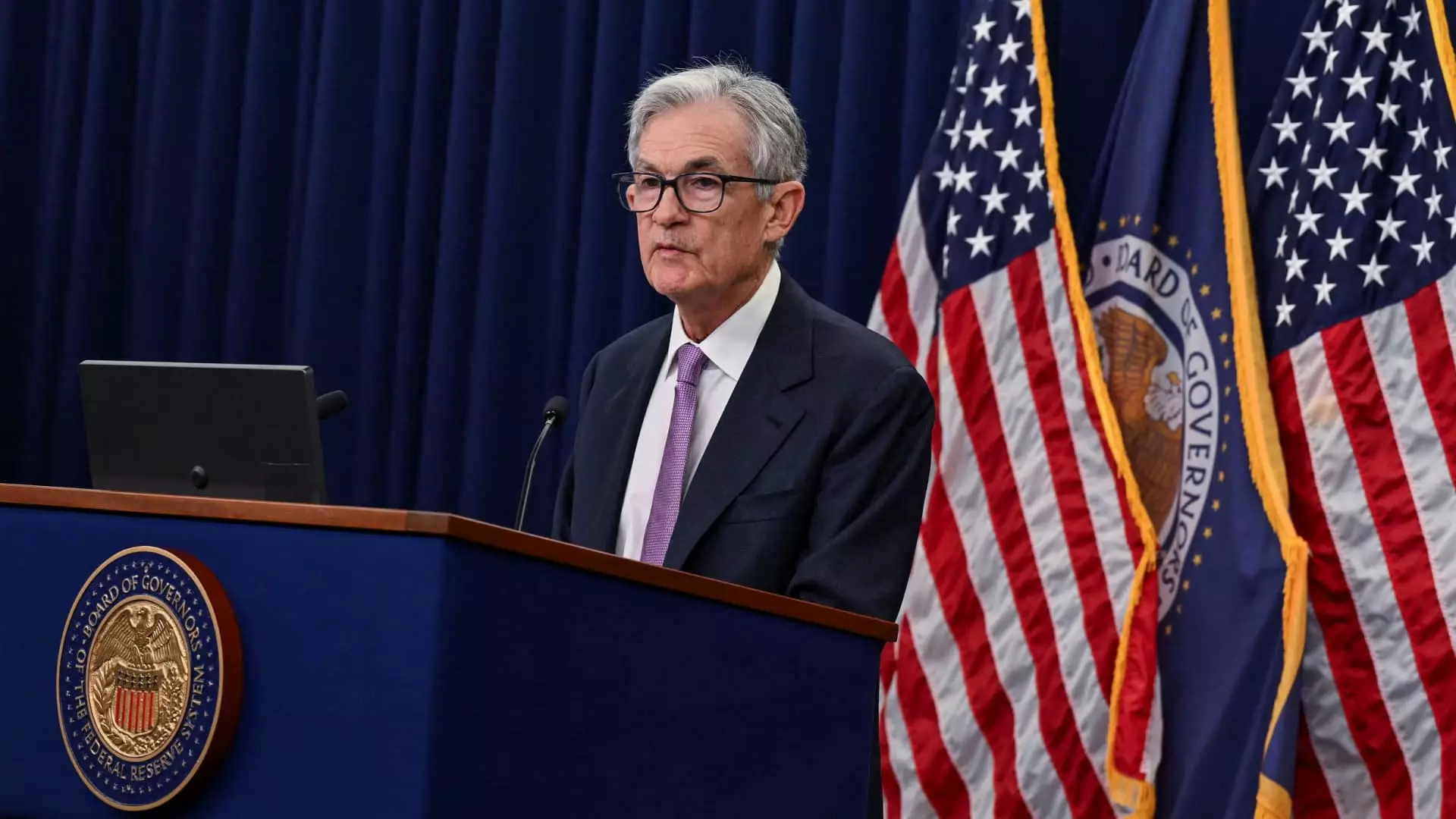The recent minutes from the Federal Reserve’s November meeting reveal a complex yet cautiously optimistic outlook regarding U.S. monetary policy and economic conditions. With inflation rates remaining above the desired 2% threshold, the Federal Open Market Committee (FOMC) faces the dual challenge of maintaining price stability while also fostering economic growth and employment. As details emerge from these discussions, it becomes clear that any potential rate cuts will be approached with measured attention, reflecting deeper concerns about economic variability both domestically and internationally.
Despite inflation continuing to hover above the Fed’s targeted goal, officials expressed a collective belief that some easing has begun within the economy. The FOMC noted that the current inflationary pressures are exacerbated significantly by increases in shelter costs—a trend they anticipate will moderate as rental growth stabilizes over time. This acknowledgment suggests a strategic awareness of the underlying components driving inflation, contrasting with fears of a more comprehensive economic downturn that could necessitate drastic measures.
Moreover, many FOMC members pointed to several factors exerting downward pressure on inflation, including reduced business pricing power and the Fed’s current restrictive monetary policy stance. These insights depict a landscape where inflation may gradually realign with targets if certain economic conditions are met. Yet, the Fed’s continued caution highlights that inflation can be unpredictable, and too rapid an easing could prove detrimental.
The labor market, while showing signs of strength, also presents a paradoxical scenario. In October, the nonfarm payroll figures indicated a modest increase of merely 12,000 jobs. This figure has raised eyebrows, primarily due to external factors like storms and labor strikes impacting specific sectors. However, Fed officials remain optimistic, suggesting that the overall condition of the labor market is robust enough to withstand short-term disruptions.
Notably, there is no evidence of rapid deterioration within labor market dynamics, as layoffs continue to remain low. This stability provides a reassuring backdrop for the Fed’s deliberations about future monetary policy adjustments. Nevertheless, the divergence between subdued job growth numbers and ongoing labor stability underscores a pivotal area of concern for economists and policymakers alike.
In light of ongoing economic uncertainties, the FOMC indicated that any forthcoming interest rate reductions would be made selectively and incrementally. The minutes reflect a strategy of moderation where advancements toward a more neutral policy stance—as defined by an interest rate that neither promotes nor constrains growth—are addressed with careful scrutiny of incoming data. This cautious approach underscores the complex interplay between monetary policy and economic outcomes.
Moreover, participants noted the inherent uncertainties regarding the neutral rate’s precise level. The ambiguity surrounding this fundamental economic indicator makes it challenging for policymakers to evaluate how aggressive their actions should be in response to changing economic indicators. As such, the FOMC appears to be preferring a “wait-and-see” strategy rather than rushing into uncharted economic waters.
The aftermath of the recent presidential election adds another layer of complexity to the Fed’s outlook. While the minutes did not specifically address the implications of the election results on economic policy, it is evident that the anticipated changes—particularly those proposed by President-elect Donald Trump—could introduce volatility into the financial markets. Concerns about tariffs and fiscal policies suggest the potential for inflationary pressures that could complicate the Fed’s intended path for interest rates.
Market reactions have already begun to reflect these uncertainties, with traders scaling back their expectations for imminent rate cuts. The sentiment surrounding the upcoming December meeting points to a probability of less than 60% for a rate change, showcasing a more cautious approach influenced by recent political developments.
The Federal Reserve is at a crucial juncture where its decisions will require a delicate balancing act. As evident from the discussions in November, officials are keenly aware of the multifaceted challenges presented by current inflationary trends, employment conditions, and emerging political implications. The commitment to a gradual adjustment in interest rates carries the potential for fostering economic stability without igniting inflationary pressures. Ultimately, as they face an unpredictable economic landscape, continued vigilance and adaptability will be crucial as they navigate the turbulent waters ahead.

